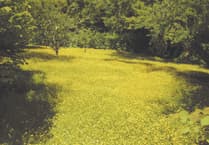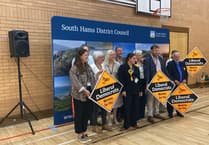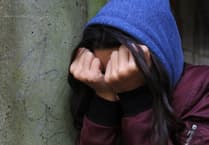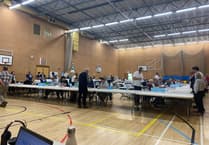CPRE The Countryside Charity’s annual Star Count runs from February 17 to 24.
There’s a star count to see how many stars people can see in the Orion constellation.
It help tracks where light pollution is rising. People are being asked to spend one night counting the stars then submitting them.
The results of last year’s survey suggest that severe light pollution, defined as being able to see 10 or fewer stars with the naked eye, has continued to fall. After peaking in 2020, when 61 per cent of participants reported seeing 10 stars or fewer, severe light pollution fell to 51 per cent in 2021 and continued its slide to 49 per cent.
This significant reduction in people experiencing severe light pollution levels, first recorded during lockdown, has continued. Despite lockdown being well behind us, there does not appear to have been a corresponding increase in light levels from outdoor and street lighting.
Emma Marrington, CPRE’s dark skies campaigner, commented: ‘Half of the people who took part in Star Count experienced severe light pollution that obscures their view of the night sky. This is bad for wildlife and human health – and the energy being needlessly wasted is bad financially and bad for our planet.
But the good news is that these results show small adaptations can make a big difference. If there is a silver lining from the legacy of lockdown and, now, the soaring cost of energy, it is that it has never been clearer how simple it is to cut carbon emissions and energy bills while improving our natural environment.’
You can check the level of light pollution in your part of the South Hams by logging on to https://www.nightblight.cpre.org.uk/maps/
The information can help you find the nearest places to see the stars in darker skies.
People can also lobby South Hams District and Devon County Councils to encourage them to reduce the amount of light pollution by switching to lower energy or part-time night lighting,.
Research has been carried out that suggests that moths that play a key role in pollinating have declined by 40 per cent and they may have been disrupted by light pollution.
CPRE believes that darkness at night is one of the key characteristics of rural areas and it represents a major difference between what is rural and what is urban. Security lights, floodlights and street lights all break into the darkness and create a veil of light across the night sky.
While they agree that some of this light is necessary, much of it is wasting energy, shining upwards where it isn’t needed, spilling into homes, disrupting sleep and affecting the behaviour of wildlife.
The good news is that the South Hams comes in at the 14th darkest district in England and the South West has the highest proportion of the area in the two darkest categories at 67 per cent.
Only 22 per cent of England has pristine night skies.
The worst part of the South Hams for light pollution is around Lee Mill according to the interactive map.
To sign up for Star Count you can log on to https://tinyurl.com/395p5z7y




